Why Photos Go Viral: How 10 Of My Images Blew Up the Internet
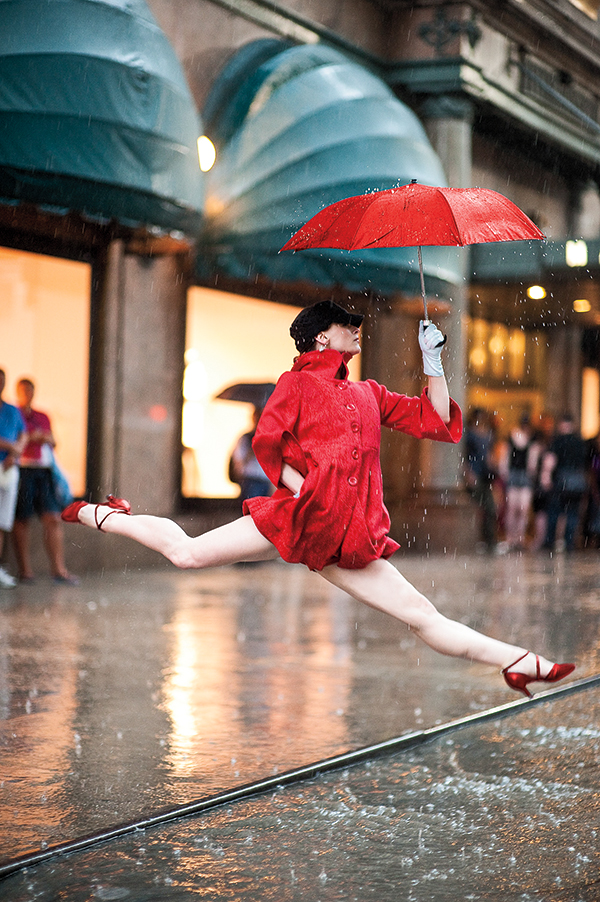
A good friend once told me, “When you’re doing something, you’re not doing something else.” This Yogi Berra-ism is actually great advice. When considering a photo project, think about its commercial potential. You can spend a year photographing the slime left by snails at night, but does anyone want to see that? More importantly in this increasingly web-focused world, will they share it in their social media feeds? The Internet is like a crowded party where everyone is chattering away endlessly with very short attention spans. To get noticed you have to be bold, and once you’ve got their attention you’d better be very quick to say something interesting. Pick a project that’s bold and unique, but also immediately understandable. Social media doesn’t reward subtlety.
Though it’s an inexact science, here are the explanations behind some of the viral photo posts I’ve had over the years.
Luck
Sorry, but the truth is most of the time it’s all about luck. Of course, the famous quote by Thomas Jefferson is absolutely true: “I’m a great believer in luck, and I find the harder I work the more of it I have.” If you post every day, and you work hard to improve your images, you will have a much better chance of going viral than if you just throw a few photos out there and get discouraged if they don’t explode. It’s a marathon, not a sprint.
The above photo was my first viral experience, and the most life changing of my career. I had been working on a project for six months, titled “Dancers Among Us,” featuring dancers in everyday situations around New York City. I posted every photo I took, and nobody noticed. Eventually I assumed the project was over and then PDNonline.com, a popular photo website, posted this image as its “Photo of the Day.” It was the right moment and suddenly I was getting e-mails from blogs and magazines around the world. This explosion of exposure created buzz around the project, which eventually led to a book deal and a New York Times bestseller. Why was I especially lucky? The technology editor at PDN happened to live next door to my studio and he recommended the photo to his editors after I showed it to him in the hallway. So the lesson is…always be kind to your neighbors.
Timeliness
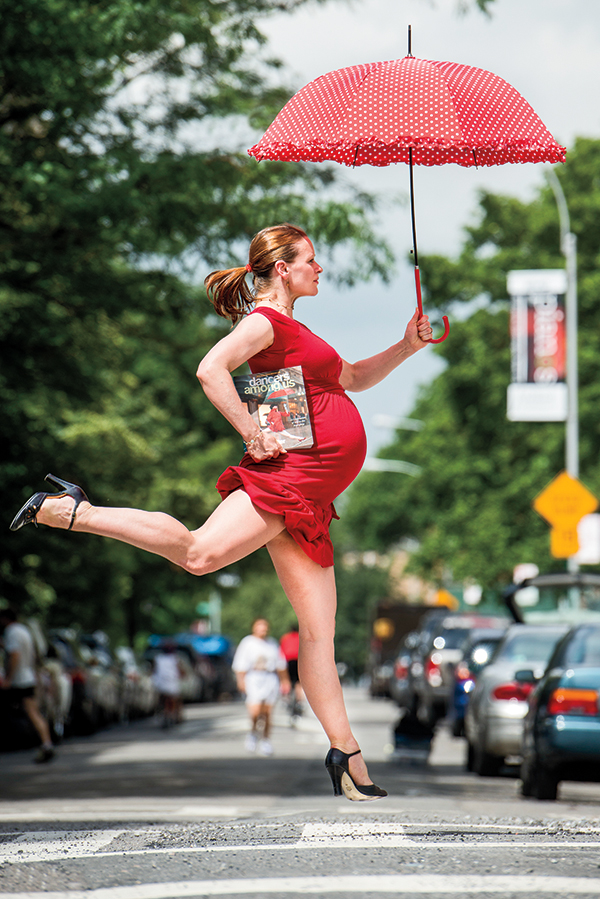
This is the same dancer as the image at the top of this story recreating her viral pose, four years later, this time with a pregnant twist. The original image was used as my Dancers Among Us book cover (Workman Publishing, 2012), which was seen by millions of people around the world, so I was certain this photo would be immensely popular on social media. I posted it immediately, and it fizzled. Six months later I posted it again, this time on Mother’s Day with the caption: “Happy Mother’s Day to the most badass people on the planet—moms!” It went viral within minutes. Usually reposting is a terrible idea, especially within the same year, but this made sense because the image suddenly had a relevant context and an upbeat message.
Location, Location, Location
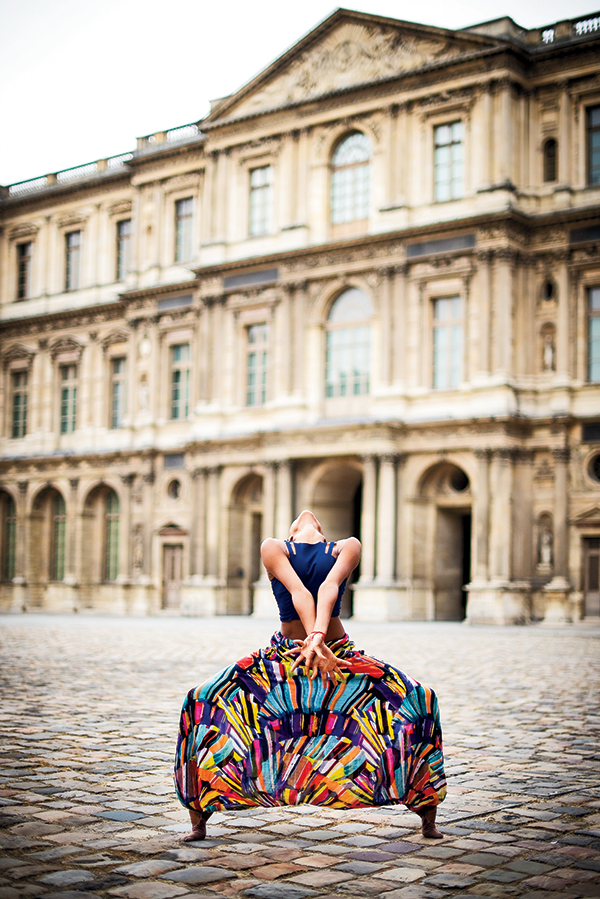
As in real estate, this old adage holds true for photography as well. Show people a new perspective on a recognizable landscape and they will be much more likely to share your image. People like to be transported to distant lands, but they want to be surprised once they get there. If you’re somewhere fabulous, Google the location and look at the images (likely they’ll all be similar), then do the exact opposite.
Cute Animals
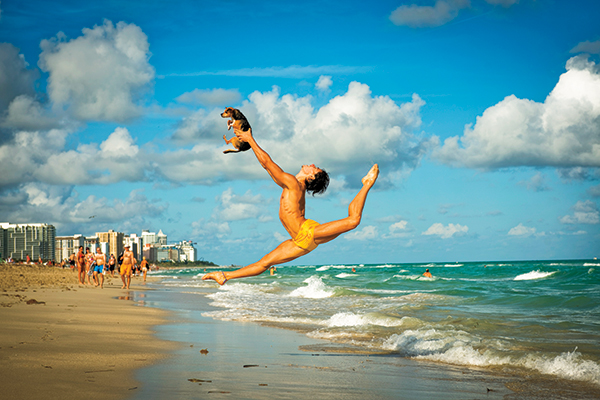
It’s a cliché and yet it’s absolutely true: posts with cute animals have a much better chance of success. Imagine this photo without the dog; it’s still an impressive jump with beautiful light in a fun setting, but the wet puppy gives it that feel-good cuteness. William Wegman built his entire career on this philosophy, and things turned out pretty well for him. In 2014 I had a big solo show in Seoul, Korea. There were 60 photos featured in that exhibition yet the museum chose this one to plaster all over the city. It worked. People came in droves and many of them had never been to a museum before. Don’t underestimate the power of adorableness.
Danger
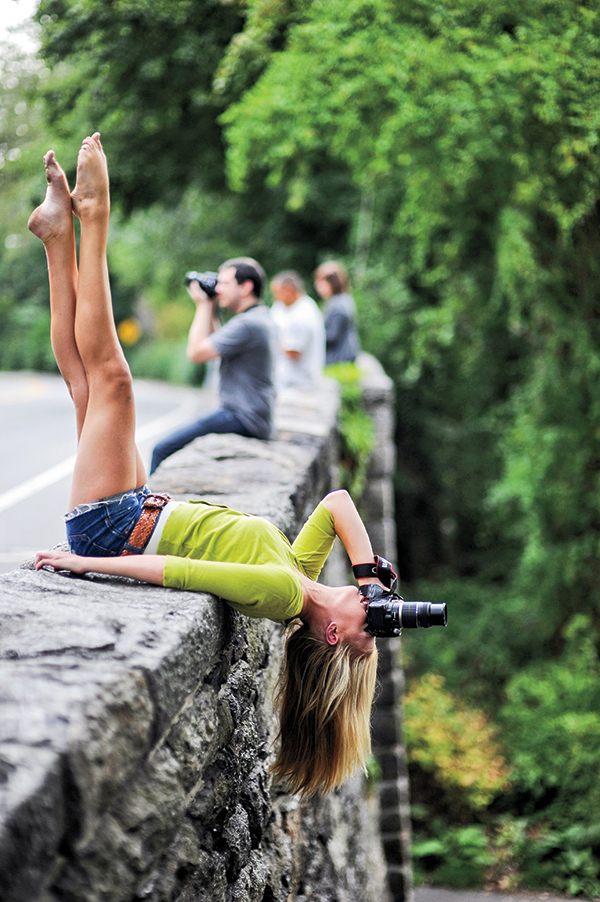
This is an example of an image that went viral without my permission. Several years ago, a very popular website posted my entire gallery of 80 “Dancers Among Us” photos without crediting me. The feature had so many hits that it crashed their website, but not until the images had spread, uncredited, all over the Internet. I still feel the repercussions. This particular photo has been shared tens of thousands of times, all without mentioning my name or the title of my book. Why is this image so popular? Because it freaks people out! The quickest way to get people’s blood boiling, and therefore get them posting and sharing your image, is to add some adrenaline to their day. An image like this allows people to post funny comments with it, along with dramatic exclamations and challenges to its authenticity.
“Wow” Factor
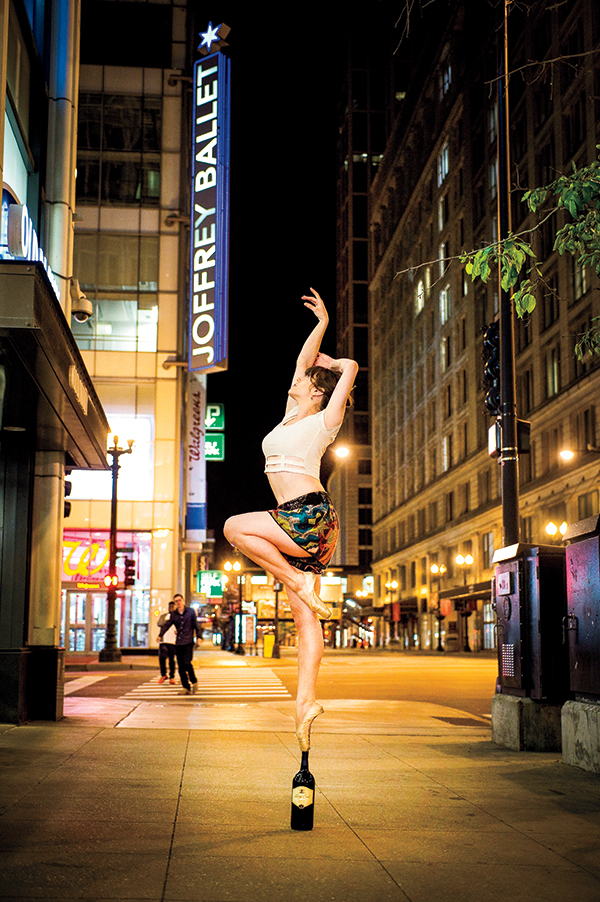
The explosion of interest this photo received boils down to one simple word: Wow! Get people to utter some enthusiastic exclamation upon viewing your photo and you’re golden.
Controversy
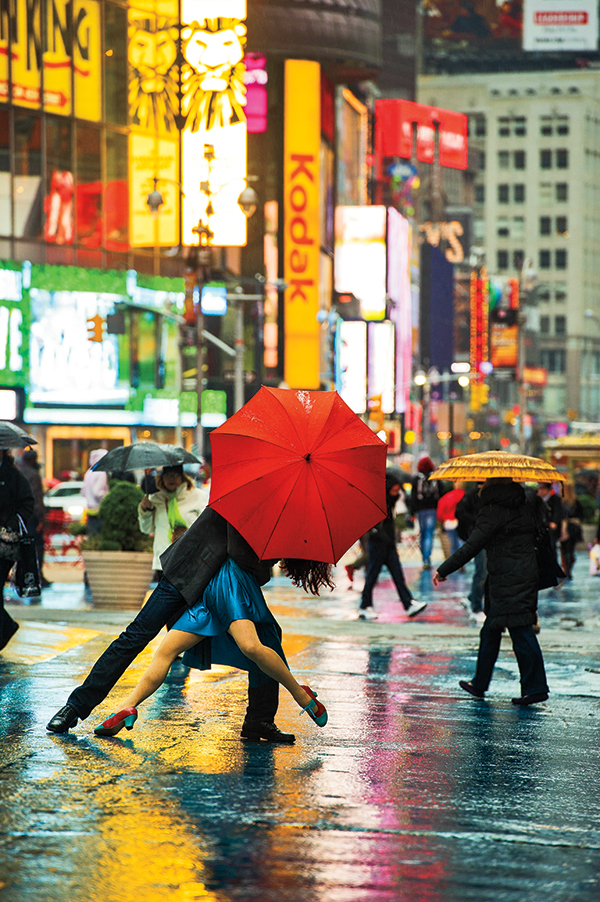
The above photo is one of the most popular images in my book. The painting below sold for $3,000 at the Art Connection Gallery in Florida.
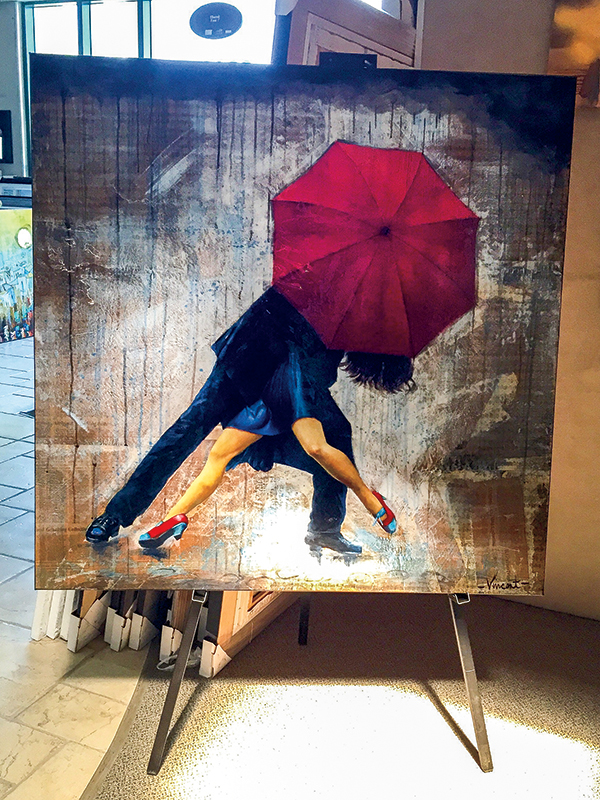
I was alerted to this by a dancer who stumbled upon the painting. When I contacted the gallery, they denied any connection to my work, arguing that it was pure coincidence. What else could I do? I took to social media and it created a firestorm. I had posted the original image several times and it was always popular, but when I combined them it went viral. The controversy gave people an incentive to share and comment.
Humor
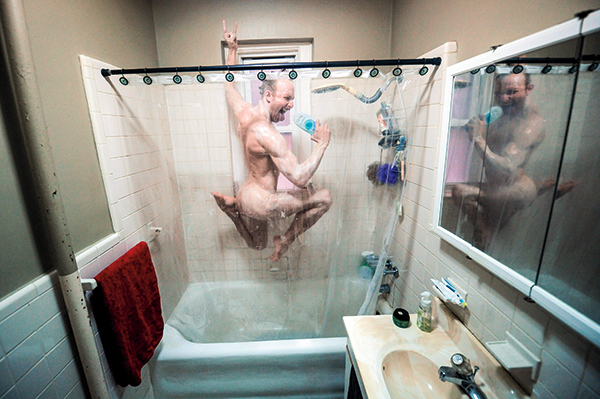
Most viral photos tend to have one of two qualities: humor or beauty. The above image has a bit of both. The dancer is beautiful and the situation is funny. Even more importantly, it’s relatable. Everyone sings in the shower sometimes, so it resonates with us on a personal level. What’s more, it has a bit of danger as well. Most comments about this image focus on the landing and the injury he must have sustained, so I have made sure to avoid answering the question. Keeping the mystery alive helps fuel the fire.
Sports
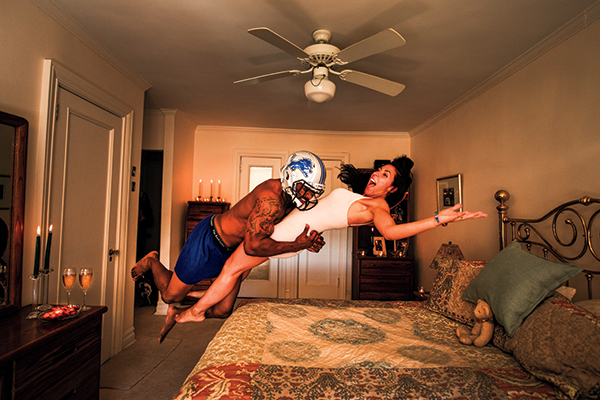
There are billions of sports fans in the world. That’s not an exaggeration. Find a unique way to shoot sports and your social media presence will improve dramatically. I discovered this potential when I began my project, “Athletes Among Us.” After announcing the new project with a fun video, I posted the photo above photo on opening night of the NFL season. It spread immediately throughout social media, and I was getting requests for interviews from around the world after just two posts. Nothing I’ve done before or since has matched this level of immediate interest. Go to athletesamongus.com and look at the press section. Then look at the gallery and you’ll be surprised that so few photos generated so much attention.
Engaging Text
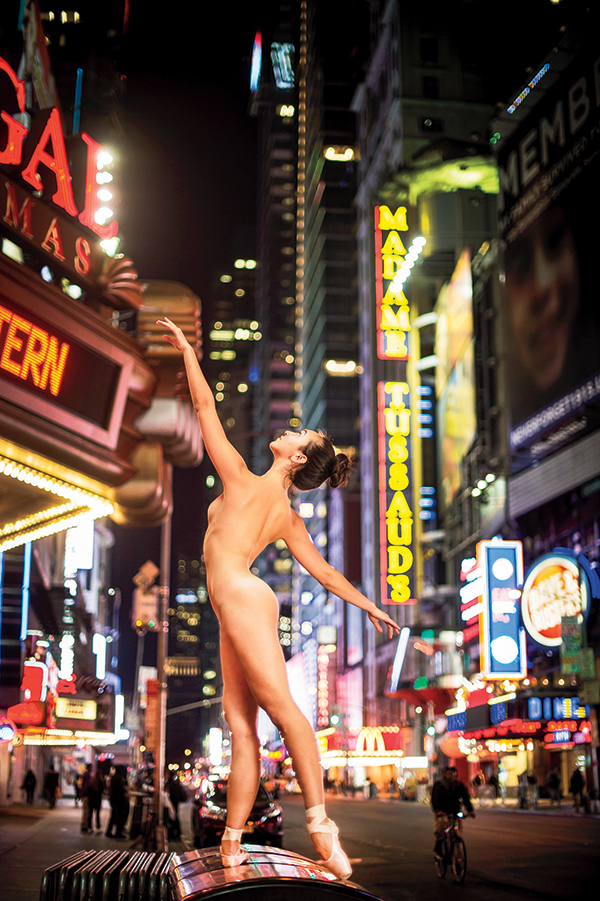
The text you post can be as important as the image itself. My next book, Dancers After Dark (Workman Publishing, 2016), features public nudes of dancers at night. This is challenging on social media, as Facebook and Instagram do not allow nudity, so I can only post certain images. When I do post, I like to emphasize the risk involved with the process: “1 a.m. in Times Square. We tried this shot [page 76, top] four times, and fortunately her pose always came between the frequent passing of police cars on 42nd Street.”
If you’re doing something illegal, dangerous, or crazy, you want to make sure your text emphasizes that point. Often photographers will post inspirational quotes with their images (I’ve done this a few times myself), but I’ve found that people are much more interested in the backstory, especially if it’s dramatic (or funny, or sweet, or anything concise and well written). Speaking of which, people LOVE behind-the-scenes videos, so find every opportunity to add video to your social media presence.
And One That Got Away
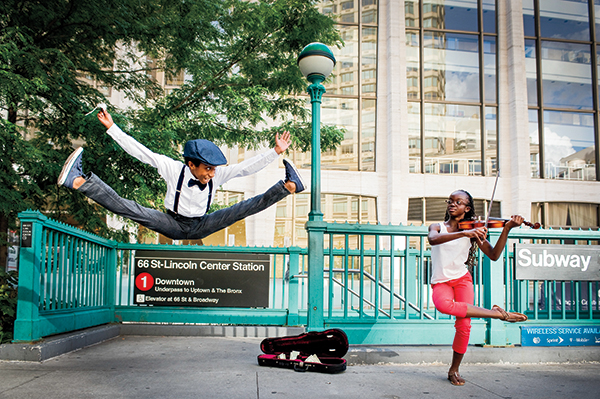 I love the above photo. It has several of the elements I’ve discussed. It will be featured in my book, Tiny Dancers Among Us (Workman Publishing, 2017), and I was even considering it as a cover image. Yet it died on social media. As always, the reasons are never clear; we just have to make our best guess. In this case, I may have made a couple of key mistakes: The text that accompanied the photo was too informative, mainly featuring their names and school affiliations, with no backstory or humor. And instead of choosing a time to post that would have been relevant—the season opening at Lincoln Center, for example—I rushed the image out with no context. In addition, the scenario might too subtle for the extremely short attention spans on social media.
I love the above photo. It has several of the elements I’ve discussed. It will be featured in my book, Tiny Dancers Among Us (Workman Publishing, 2017), and I was even considering it as a cover image. Yet it died on social media. As always, the reasons are never clear; we just have to make our best guess. In this case, I may have made a couple of key mistakes: The text that accompanied the photo was too informative, mainly featuring their names and school affiliations, with no backstory or humor. And instead of choosing a time to post that would have been relevant—the season opening at Lincoln Center, for example—I rushed the image out with no context. In addition, the scenario might too subtle for the extremely short attention spans on social media.
Jordan Matter, a top Manhattan portrait photographer with over 340K Facebook fans, was selected as one of 2014’s “Top Emerging Artists” (Art Business News). Matter is the author of the New York Times bestseller Dancers Among Us, a collection of photographs of dancers in everyday situations around the world. He is currently working on two follow-up books: Dancers After Dark (Workman Publishing, 2016) and Tiny Dancers Among Us (Workman Publishing, 2017). See more of Matter’s work at jordanmatter.com.
Matter recently helped Shutterbug test the Nikon D5 on the streets of New York City for an exclusive video review. You can see that video here.












































